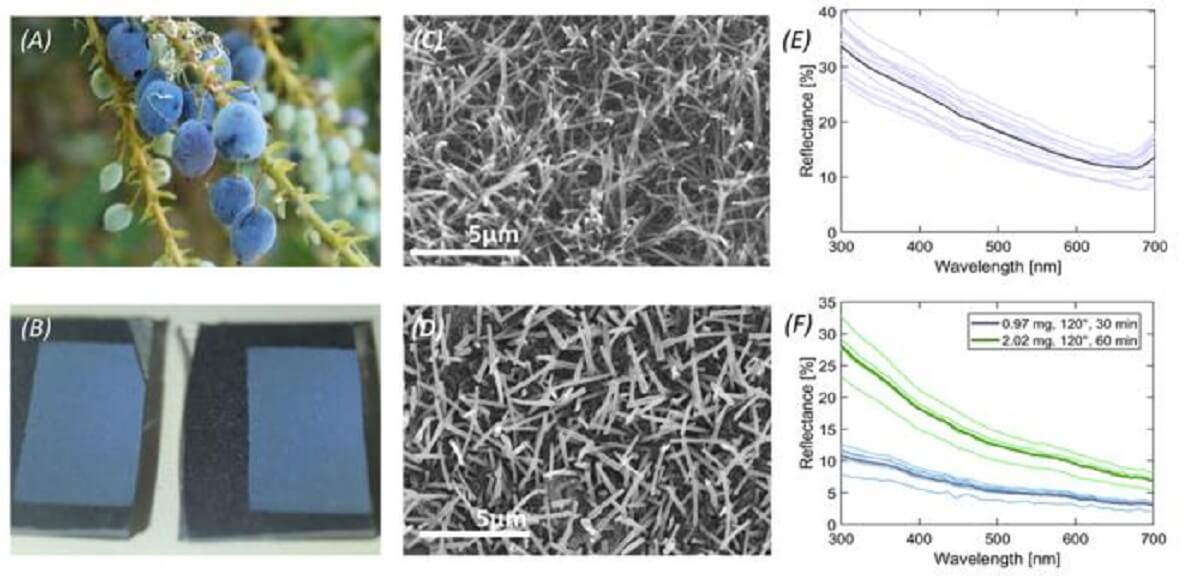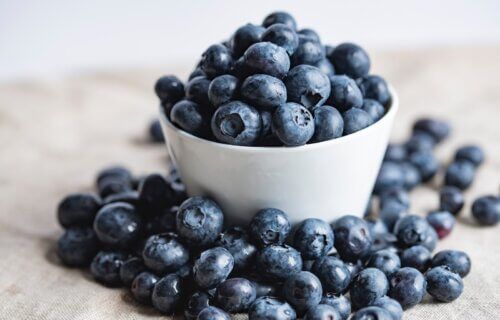BRISTOL, United Kingdom — The unique color of blueberries comes from tiny structures within their wax coating, a discovery that could lead to eco-friendly paints, researchers in the United Kingdom explain. Scientists at the University of Bristol successfully harvested this substance to create an unprecedented blue coating, a breakthrough inspired by the natural hues of blueberries and other similarly colored fruits like damsons, sloes, and juniper berries.
Their study shows the true source of blueberries‘ blue coloration, which contrasts with the dark red pigments found in the fruit’s skin. This blue hue is attributed to a wax layer enveloping the fruit, composed of minuscule structures that scatter blue and ultraviolet (UV) light. This scattering effect gives blueberries their blue appearance to human eyes and a blue-UV appearance to birds, stemming from the interaction of light with the randomly arranged crystal structures in the epicuticular wax.
“The blue of blueberries can’t be ‘extracted’ by squishing – because it isn’t located in the pigmented juice that can be squeezed from the fruit. That was why we knew that there must be something strange about the color,” explains Dr. Rox Middleton, a Research Fellow at the University of Bristol’s School of Biological Sciences, in a media release. “So we removed the wax and re-crystallized it on card and in doing so we were able to create a brand new blue-UV coating.”

This ultra-thin colorant, about two microns thick, is less reflective but visibly blue and effectively reflects UV light, potentially opening new avenues for colorant production.
“It shows that nature has evolved to use a really neat trick, an ultrathin layer for an important colorant,” Dr. Middleton highlights.
The research also sheds light on the broader functions of the wax coatings found on most plants, which serve various roles, including water repellency and self-cleaning, previously not fully understood by scientists. The structure’s significance for visible coloration is a new revelation.
The team is now exploring simpler methods to replicate and apply this coating, which could lead to sustainable, biocompatible, and even edible UV and blue-reflective paints. These coatings could mirror the versatility of natural biological protections in plants.
“It was really interesting to find that there was an unknown coloration mechanism right under our noses, on popular fruits that we grow and eat all the time,” Dr. Middleton says. “It was even more exciting to be able to reproduce that color by harvesting the wax to make a new blue coating that no one’s seen before. Building all that functionality of this natural wax into artificially engineered materials is the dream.”
The study is published in the journal Science Advances.
South West News Service writer Stephen Beech contributed to this report.
